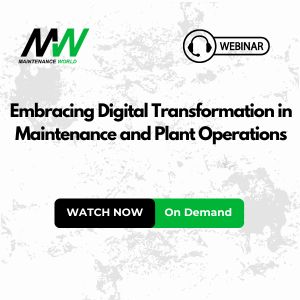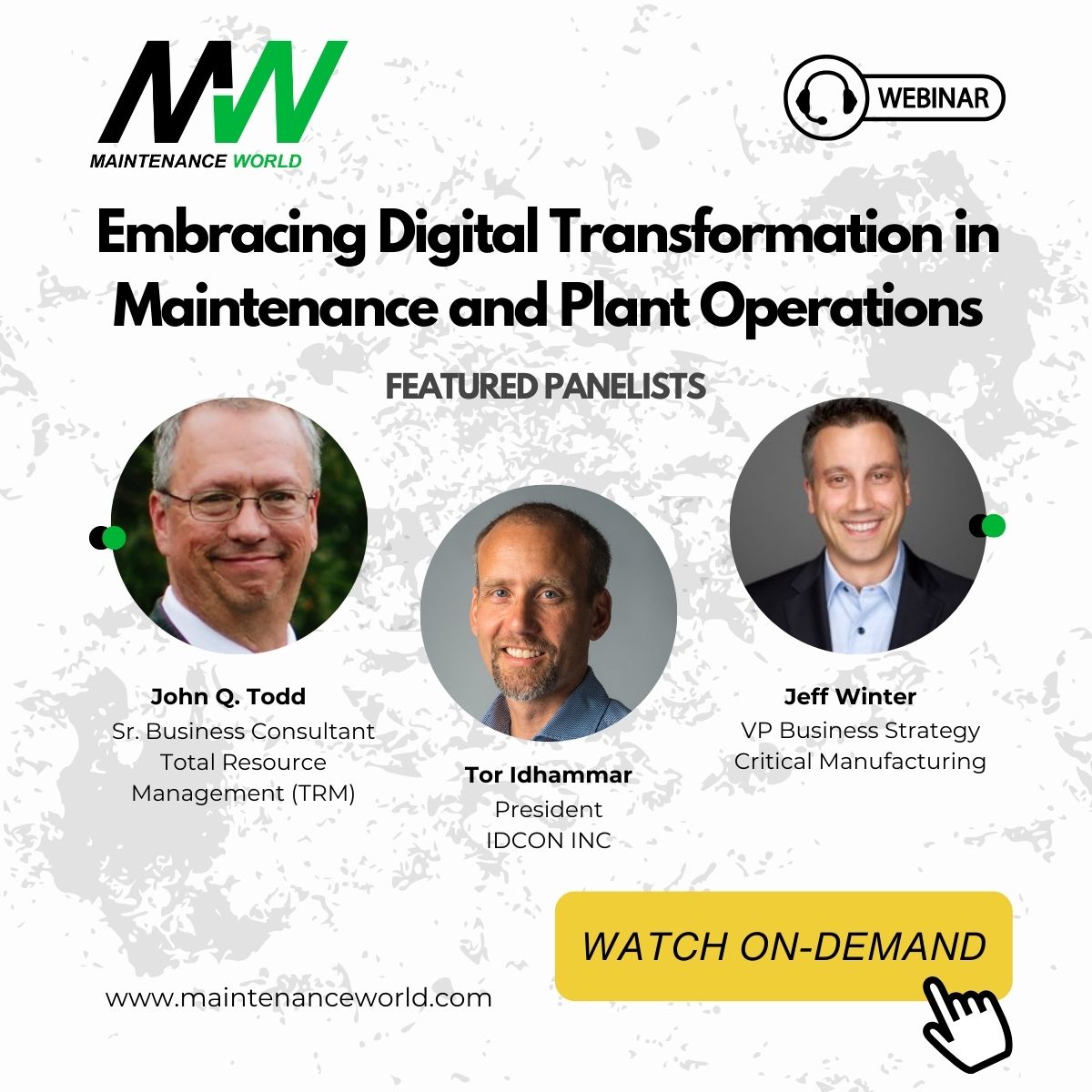Direct Access vs. APIs: Which is Better for Handling App Data?
Ahmed Rezika, SimpleWays OU
Posted 4/3/2025
In “The Hidden World of Data Management,” [1] we explored the foundational role of structured data in enhancing maintenance strategies, emphasizing how well-organized information underpins effective decision-making and AI-driven insights. Building upon this, it’s crucial to understand how data access methods evolve with system complexity. In standalone applications such as Computerized Maintenance Management Systems (CMMS), direct database access is often sufficient.
However, as organizations transition to modular Enterprise Resource Planning (ERP) systems—where multiple applications interact with shared data—implementing APIs becomes essential to ensure secure, scalable, and efficient data communication. Furthermore, adopting protocols like the Model Context Protocol (MCP) can facilitate seamless AI integration, unlocking advanced maintenance capabilities. This article delves into this transition, providing insights into optimizing data access strategies to support both current operations and future technological advancements.
For maintenance and organizational systems, a common data repository is essential. Without it, each department or module may hold its own version of the truth, leading to inconsistencies, outdated records, and inefficiencies. A unified database ensures that maintenance schedules, asset records, cost reports, and production plans all rely on the same updated dataset, improving coordination and decision-making.
Now, let’s take it a step forward and delve into more details of the different ways Apps/App-Modules access data.
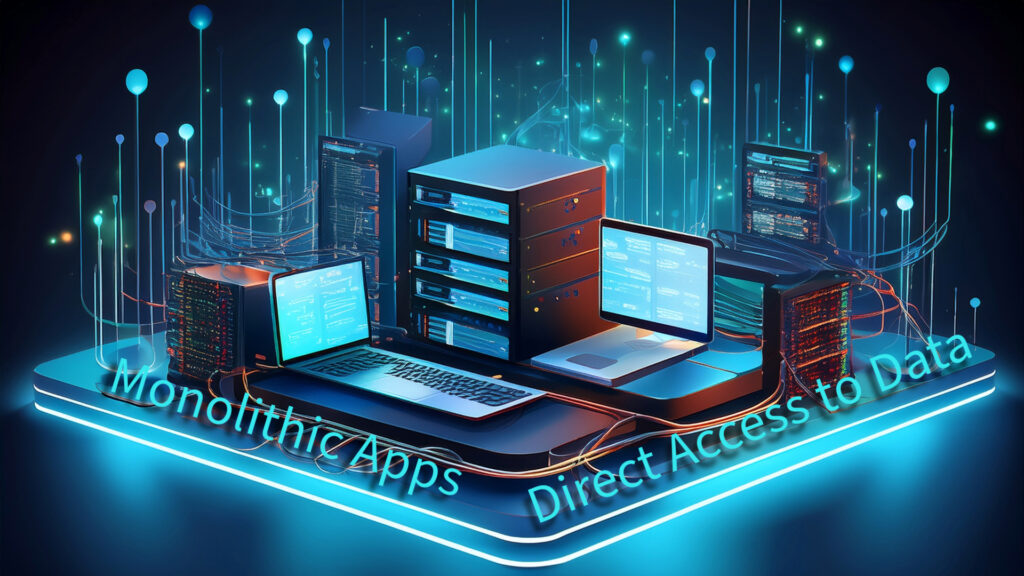
Direct Database Access: High Performance, Low Scalability
In monolithic applications, direct database access is the simplest and most performant approach.
Monolithic architecture of applications is a traditional software development model where an application is built as a single, unified unit. The application directly queries the RDBMS (Relational Database Management System) using SQL statements, executing CRUD (Create, Read, Update, Delete) operations without intermediaries. While this reduces latency and simplifies data management, it introduces tight coupling, making it harder to scale and secure when multiple services need concurrent access.
Example: A standalone CMMS (Computerized Maintenance Management System) that connects directly to a PostgreSQL or MySQL database to manage work orders and asset records.
Example of Direct SQL query:
cursor.execute(“SELECT * FROM users WHERE id = %s”, [user_id])
This is not far from the detailed practical example presented in a previous article [1].
Direct Database Access: Technical Deep Dive
RDBMS and SQL are the Backbone of Data Interaction [2]
RDBMS (Relational Database Management System)
- A software system that manages relational databases
- Uses structured query language (SQL) for data manipulation
- Organizes data into tables with predefined relationships
- Examples: PostgreSQL, MySQL, Oracle, Microsoft SQL Server
SQL (Structured Query Language)
Standard language for managing and manipulating relational databases
Supports CRUD operations:
- Create: Insert new data records
- Read: Retrieve specific data
- Update: Modify existing data
- Delete: Remove data records
Direct Query Mechanism
In a monolithic application, database access occurs through direct SQL queries:
Example of a direct database query:
cursor.execute(“SELECT FROM users WHERE id = %s”, [user_id])
This approach offers:
- Immediate data access: No intermediary layers
- Low latency: Fastest possible data retrieval
- Full database capabilities: Complete access to database features
Performance and Limitations
Advantages
- High performance: Minimal overhead in data retrieval
- Simple implementation: Straightforward database interactions
- Direct control: Granular management of database operations
Challenges
- Scalability constraints: Difficult to distribute load
- Security risks: Direct exposure of database connections
- Maintenance complexity: Changes in database schema affect entire application
- Limited flexibility: Hard to modify or replace database technology
Practical Example of Direct Access of Data:
Consider a standalone maintenance management system CMMS (Computerized Maintenance Management System):
- Directly connects to PostgreSQL database
- Manages work orders, asset records, maintenance schedules
- Uses SQL for all data interactions
- Single application handles user interface, business logic, and data storage
Typical Workflow
1. User requests maintenance record
2. Application generates SQL query
3. Database returns requested information
4. Application processes and displays data
Code Example:

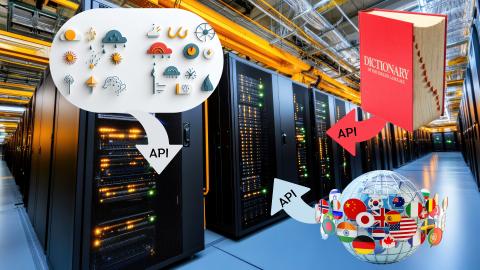
Architectural Evolution for Data Access
While monolithic architectures with direct database access remain viable for smaller, less complex applications, modern software design increasingly favors more scalable and modular approaches to handle growing data complexity and integration needs.
Microservices architecture has emerged as a dominant paradigm, breaking down applications into smaller, independent services that communicate through APIs. This approach enhances scalability, as each service can be developed, deployed, and maintained separately, allowing teams to update specific components without affecting the entire system. It also improves resilience, ensuring that failures in one service do not bring down the entire application.
API-driven design plays a crucial role in modern software development by enabling seamless interaction between different components, services, and external applications. APIs act as intermediaries that abstract database interactions, standardizing communication between modules. This abstraction not only simplifies integration with third-party systems, such as ERP or IoT platforms, but also future-proofs applications by allowing back-end modifications without impacting front-end behavior.
Distributed database systems have become essential for handling large-scale data across multiple geographic locations. Unlike traditional single-node databases, distributed databases replicate and partition data across multiple servers, ensuring high availability and fault tolerance. This setup is particularly beneficial for global applications, as it reduces latency by serving data from the nearest location while maintaining consistency across all nodes.
To further enhance scalability and maintainability, abstraction layers are introduced to separate data access logic from business logic. These layers provide a unified interface for querying and updating data, shielding applications from database-specific changes. By implementing abstraction layers, organizations can swap out or upgrade databases without requiring major rewrites in their application code, ensuring long-term flexibility and performance optimization.
Together, these modern software design principles enable robust, scalable, and future-ready applications that can efficiently adapt to evolving technological and business demands.
From Direct Access to Scalable Integration: How Applications Interact with Data
The way applications and their modules access and manipulate data depends on system complexity, scalability demands, and security constraints. Selecting the right approach ensures efficient data retrieval, maintains consistency, and optimizes performance for enterprise-scale maintenance and ERP systems. The key is understanding your specific use case, performance requirements, and future scalability needs.
1. Direct Database Access:
As detailed above, direct database access in monolithic applications represents a straightforward, high-performance approach to data management. However, as application complexity grows, developers must carefully evaluate the trade-offs between immediate performance and long-term architectural flexibility.
2. API-Driven Access: Decoupling Data for Scalable Systems
In modular and distributed architectures, APIs (Application Programming Interfaces) act as intermediaries between applications and data sources. API (Application Programming Interface) access involves using standardized interfaces to interact with databases or systems. APIs provide a controlled and secure way for applications to retrieve or send data. As RESTful APIs (using HTTP methods like `GET`, `POST`, and `PUT`) and GraphQL APIs (for flexible querying) enable secure, structured access without exposing the database directly. APIs facilitate load balancing, rate limiting, authentication, and caching for optimized performance.
Example: An ERP (Enterprise Resource Planning) system where the Asset Management module retrieves machine data via an API, while the financial module queries cost data from the same repository through a separate microservice.
3. Event-Driven Data Access: Asynchronous and Real-Time Synchronization
Imagine a communication system that doesn’t just wait for someone to ask a question, but instead actively broadcasts updates the moment something changes. Event-driven architecture is like a sophisticated notification system where different parts of a software ecosystem automatically share real-time information without constantly checking for updates.
Example: A predictive maintenance system where vibration and temperature sensors – Event Producer – publish data to an Apache Kafka topic – Event Streaming – and AI models – Event Consumer – consume the stream to detect anomalies and trigger maintenance alerts in near real-time.
4. Model Context Protocol (MCP): Standardizing AI-Ready Data
While APIs bridge applications, they lack context-aware data transformation for AI-driven insights. MCP (Model Context Protocol) introduces self-describing data formats, semantic metadata tagging, and dynamic schema discovery, ensuring AI models can ingest and interpret maintenance data without extensive preprocessing. This allows seamless integration of predictive analytics, automated diagnostics, and AI-driven decision support into existing workflows.
Example: A digital twin system where structured maintenance logs, sensor readings, and operational data are formatted via MCP, allowing a machine learning model to generate failure probability scores and suggest corrective actions dynamically.
By leveraging the appropriate data access method—direct for simplicity, API for modularity, event-driven for real-time processing, and MCP for AI readiness—organizations can build scalable, secure, and future-proof maintenance ecosystems. There are more methods as Blockchain-Based Data Access but it might be beyond or scope as it is used for data transactions that needs high security and reducing reliance on central authority.
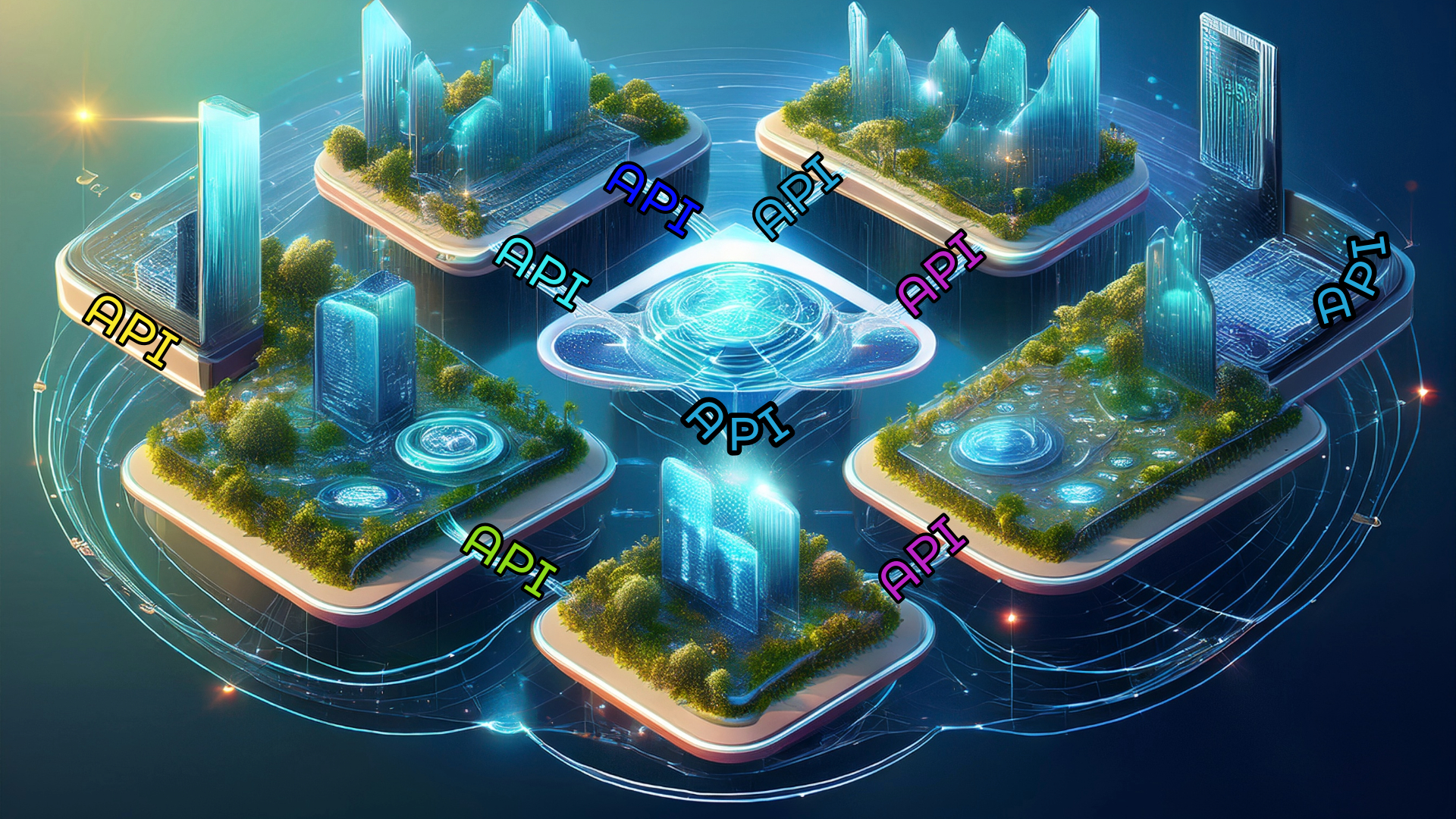
APIs: Bridging Data to Applications
As modern applications evolve beyond monolithic architectures, APIs (Application Programming Interfaces) emerge as the critical connectors that enable seamless, structured, and secure data exchange between disparate systems.
The Restaurant of Digital Communication
Imagine a complex communication scenario where two entities operate in entirely different realms, each with unique processes, languages, and capabilities. How do they interact effectively? Enter the middleman—the API—which functions exactly like a restaurant waiter.
The Customer (Client Application)
The customer, or client application, is a key component in the interaction process. They know exactly what they want and have specific preferences that need to be met. However, they cannot directly access the kitchen, which means they require a simplified way to communicate their desires and get their desired outcome. This simplification is crucial for ensuring that the customer’s needs are met efficiently and effectively.
The Kitchen (Backend System)
The kitchen, or backend system, is a complex entity with an intricate internal workflow. It is capable of serving multiple orders simultaneously, which requires it to be highly organized and efficient. To function effectively, the kitchen needs precise and standardized instructions. It cannot handle direct, verbose communication, which means that any requests must be clear, concise, and structured in a way that aligns with its operational processes.
The Waiter (API)
The waiter, or API, plays a pivotal role in facilitating communication between the customer and the kitchen. It translates the customer’s desires into the kitchen’s language, ensuring that requests are carried accurately and efficiently. The API manages the entire transaction process, from taking detailed orders to communicating special requirements, processing payments, and returning receipts and change. It ensures clear and efficient communication, handling nuanced interactions with precision. This role is essential for maintaining smooth operations and ensuring that both the customer and the kitchen are satisfied with the transaction.
Technical Translation in Digital Ecosystems
APIs act as an abstraction layer that:
- Exposes controlled access to databases
- Connects microservices
- Integrates third-party platforms
- Enforces critical digital governance:
- Data integrity
- Authentication
- Rate limiting
- Security protocols
Real-World API Ecosystem
Just as a restaurant waiter knows…
- Menu details
- Kitchen capabilities
- Payment processes
…an API understands:
- Available data endpoints
- System constraints
- Authentication requirements
- Data exchange protocols
The Larger Significance
APIs are more than technical connectors—they are the diplomats of the digital world, facilitating complex interactions with elegance, efficiency, and precision. Let’s see how they work.
Hands-on Practice with API
There is an important concept that needs to be clear for you so you can master using APIs, that’s the API endpoint.
An API endpoint is a digital location, typically represented by a URL, where an API receives requests for resources or functionality from a server. It acts as a communication channel between the API client and the server, facilitating data exchange and interactions. Each service has a unique URL or API endpoint. Also each HTTP methods like `GET`, `POST`, and `PUT`) has its own unique URL that acts as an endpoint. The endpoint maybe followed by “?” a question mark. The part that follows the “?” is typically used for query parameters.
These parameters are optional and allow you to filter, sort, or specify additional details about the data you want to retrieve or manipulate. Example: http://xyz.api-example.com/api/odata/businessobject/incidents?search=Printer. Here this API will search for records that includes “Printer” and return it. By the way, it might not include “”/api” to make it and API end point, it is just used to make it clear while coding the API protocol or calling it.
Role in Communication: Just as an IBAN (International Bank Account Number) or a credit card number serves as a unique identifier for financial transactions, an API endpoint serves as a unique identifier for accessing specific resources or functionalities within an API. It provides the necessary information for the client to interact with the server, enabling the exchange of data and services.
Abstraction Layer: The API endpoint acts as an abstraction layer by hiding the complexity of the underlying system and providing a standardized interface for communication. This allows different systems to interact without needing to understand each other’s internal workings, much like how financial systems interact using standardized identifiers like IBANs.
Information Carried: While an API endpoint might appear as a simple URL, it carries significant information about the resource or action it represents. It points to the correct HTTP method (e.g., GET, POST), and may include the parameters, headers, and authentication details necessary for the interaction. That’s what we are going to see in detail in the coming lecture.
Hands-on Example:
Some of the free APIs that doesn’t need subscription or credentials API-KEY or signup to practice with are Free Dictionary API and Open-Meteo Free Weather API.
For Free Dictionary API[3], copy and paste into browser: https://api.dictionaryapi.dev/api/v2/entries/en/maintenance
You will find the result like this (results in bold):
[{“word”:”maintenance“,”phonetic”:”/ˈmeɪnt(ə)nəns/”,”phonetics”:[{“text”:”/ˈmeɪnt(ə)nəns/”,”audio”:”https://api.dictionaryapi.dev/media/pronunciations/en/maintenance-us.mp3″,”sourceUrl”:”https://commons.wikimedia.org/w/index.php?curid=2651155″,”license”:{“name”:”BY-SA 3.0″,”url”:”https://creativecommons.org/licenses/by-sa/3.0″}}],”meanings”:[{“partOfSpeech”:”noun“,”definitions”:[{“definition”:”Actions performed to keep some machine or system functioning or in service.”,”synonyms”:[],”………….}]
Here the query is just part of the URL as “/maintenance”. You can change it to any word you want
Hands-on Example:
For Open-Meteo Free Weather API[4], copy and paste this link into browser:
You can replace numbers after “latitude=” and “longitude=” by the latitude & longitude of your city that you can get from https://www.gps-coordinates.net/
Also, you can change forecast_days=1 to any number between 1 and 16 and it represents the number of the days in the result. All that follow the “?” are the query parameters
You will find the result like this:
{“latitude”:41.9375,”longitude”:12.9375,”generationtime_ms”:0.026702880859375,”utc_offset_seconds”:0,”timezone”:”GMT”,”timezone_abbreviation”:”GMT”,”elevation”:0.0,”hourly_units”:{“time”:”iso8601″,”temperature_2m”:”°C”},”hourly“:{“time”:[“2025-04-03T00:00″,”2025-04-03T01:00……………………..”,”2025-04-03T22:00″,”2025-04-03T23:00“],”temperature_2m“:[14.3,13.5,13.1,12.3,11.8,12.4,15.1,19.6,21.2,21.7,21.0,20.6,21.1,21.2,21.0,20.4,19.4,18.6,16.9,16.1,15.7,15.4,15.4,15.7]}}
The array “time” includes the hours and the array “temperature_2m” includes the corresponding temperatures
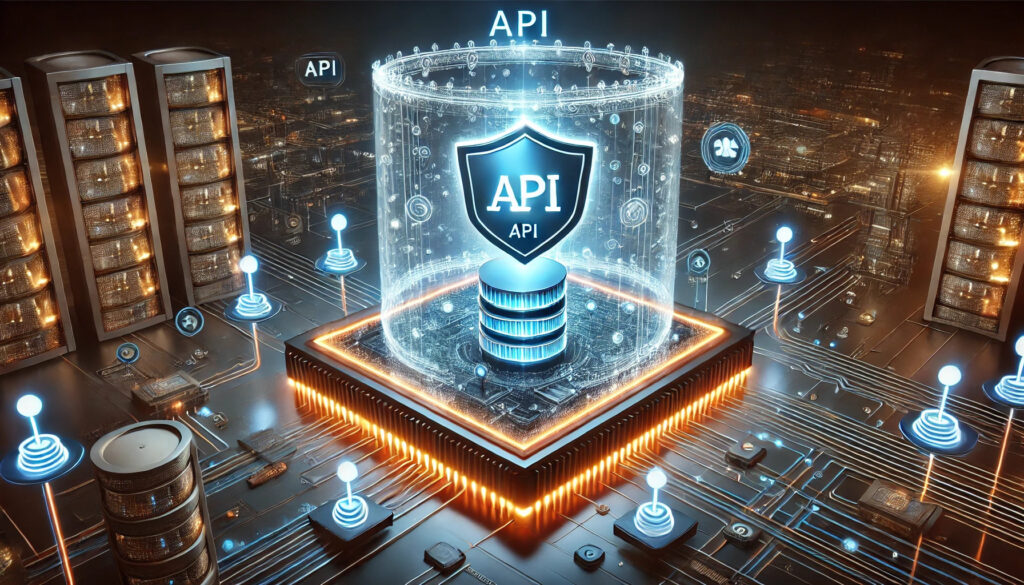
Conclusion: The Future of Data Access in Modern Applications
As organizations navigate an increasingly data-driven landscape, selecting the right approach to data access is crucial for ensuring efficiency, security, and scalability. While direct database access remains a viable option for smaller, monolithic applications, the growing complexity of enterprise systems necessitates more flexible and modular solutions.
Next, we will explore APIs and Event-Driven models in greater details. API-driven architectures enable seamless data integration across multiple services, enhancing maintainability and interoperability. Meanwhile, event-driven models improve responsiveness by facilitating real-time synchronization, reducing computational overhead, and enabling predictive capabilities.
Later in this series, we will delve into the Model Context Protocol (MCP)—a framework that provides AI-ready data structures, ensuring seamless integration of advanced analytics, automated diagnostics, and intelligent decision-making into maintenance workflows.
By strategically transitioning from traditional data access methods to scalable and adaptive frameworks, organizations can future-proof their systems, enhance operational efficiency, and unlock new technological possibilities.
Must-Know Jargon
This glossary provides a foundation for understanding key concepts discussed in this article and upcoming ones in the series.
Monolithic Architecture: A traditional software design where all components (UI, business logic, and database) are tightly integrated into a single system.
Direct Database Access: A method where an application interacts directly with the database using SQL queries, often seen in monolithic systems.
API (Application Programming Interface): A structured way for applications to communicate with each other, enabling modularity and integration.
Microservices: An architecture where applications are broken into independent, loosely coupled services that interact via APIs.
CRUD Operations (Create, Read, Update, Delete): The fundamental actions used in databases for data management.
Distributed Database: A database system spread across multiple servers or locations to improve availability and scalability.
Data Abstraction Layer: A software layer that separates business logic from direct database interactions, allowing flexibility in database changes.
API Endpoint: A specific URL where an API service receives and processes requests.
Query Parameters: Key-value pairs in a URL used to filter, sort, or modify API requests.
References
1. The Hidden World of Data Management, Ahmed Rezika, 3/6/2025 Maintenance world Magazine,
2. Introduction to Databases, Lecture Notes by University of California at Berkeley, Learn SQL,
4. Open-Meteo Free Weather API

Ahmed Rezika
Ahmed Rezika is a seasoned Projects and Maintenance Manager with over 25 years of hands-on experience across steel, cement, and food industries. A certified PMP, MMP, and CMRP(2016-2024) professional, he has successfully led both greenfield and upgrade projects while implementing innovative maintenance strategies.
As the founder of SimpleWays OU, Ahmed is dedicated to creating better-managed, value-adding work environments and making AI and digital technologies accessible to maintenance teams. His mission is to empower maintenance professionals through training and coaching, helping organizations build more effective and sustainable maintenance practices.
Related Articles

Too Small for a CMMS? Think Again

The Role of Information Technology in Plant Reliability

The Future of CMMS



